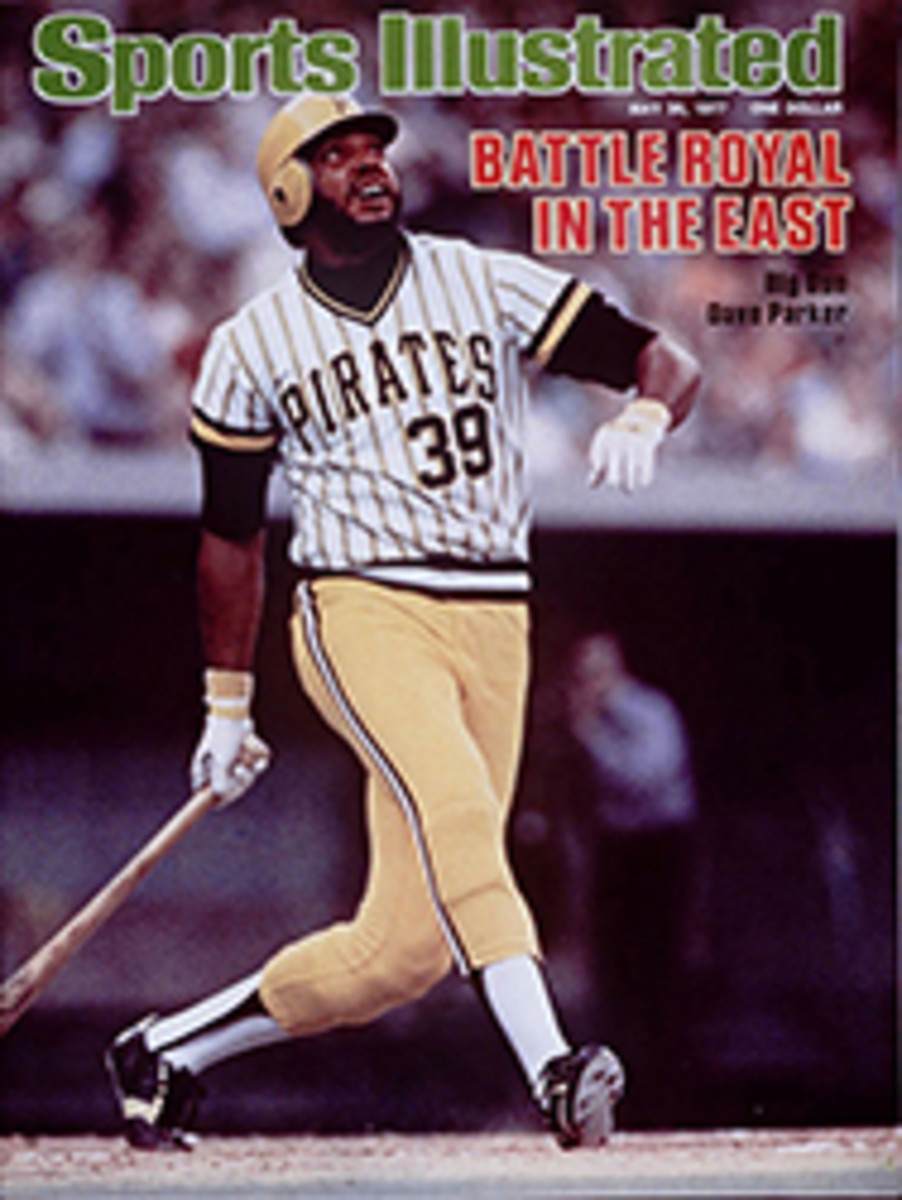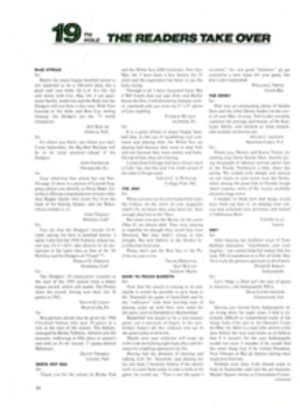
LETTER FROM THE PUBLISHER
Warren Bolster, whose surfing photo essay begins on page 32 of this issue, got hooked on the sport in 1963, as a 16-year-old living in Sydney, Australia, where his father was the U.S. Consul General. Nine years later he was a 25-year-old college dropout and surfing bum, married and living in San Diego. His father asked him what he was going to do when he grew up. "Give up surfing," said Bolster. "And take pictures of it." The reply was by way of a request for a Pentax. "Just buy me this camera and I'll never ask you for another present as long as I live," Bolster told his parents.
They obliged. He bought himself a cheap water housing for the Pentax and paddled off into the ocean to photograph surfers. One of the shots from his first roll of film became a cover for Surfing magazine. This auspicious debut led to a job as staff photographer there in 1973. Now he is associate editor of Surfer, as well as editor of Skateboarder, a sister publication.
There are no more than half a dozen expert surfing photographers in the country, and Bolster is considered by many to be the best of them. Most work from rafts or surfboards, or even the beach, but surfboards and rafts are too much at the mercy of waves, so Bolster swims. By so doing he gets virtually underneath the surfer and can use a wide-angle instead of a telephoto lens.
"I pride myself that I probably get closer to the action than any other surfing photographer," Bolster says. "Unless I can get really close, it's not interesting for me. Of course, I get hit by surfboards all the time, but in order to get the good shots you've got to go to extremes. Fortunately I've never been hurt very bad."
There is at least one picture in this issue that demonstrates his point—the wave-enclosed Coronado sunset. Bolster lives almost an hour's drive from Coronado, which is separated from San Diego by a toll bridge. "I used three books of tickets, 20 tickets to a book, in trips back and forth to get that shot," he says. "You have to play the variables. It's a game, a hunt. There are only a few places in California where you can see the sun setting inside a wave, and then for only a couple months a year. It has to be the right kind of sunset, and the waves have to cooperate. There has to be an offshore wind, which is rare. Then you wait for an hour, treading water in the low 50s, and you have only a few good minutes to shoot. If you're a split second slow, you may blow it."
Bolster didn't blow it, but this sort of success no longer satisfies him. "I'm too much a specialist," he says, irrefutably. "I want to make the break out of surfing photography. I'd like any kind of action now."
He has the eye and instinct. The switch should not be too difficult if he maintains the dedication he has shown toward surfers, the sea and the sun.
PHOTO
WATER HOUSINGS LET BOLSTER SHOOT FROM BELOW

